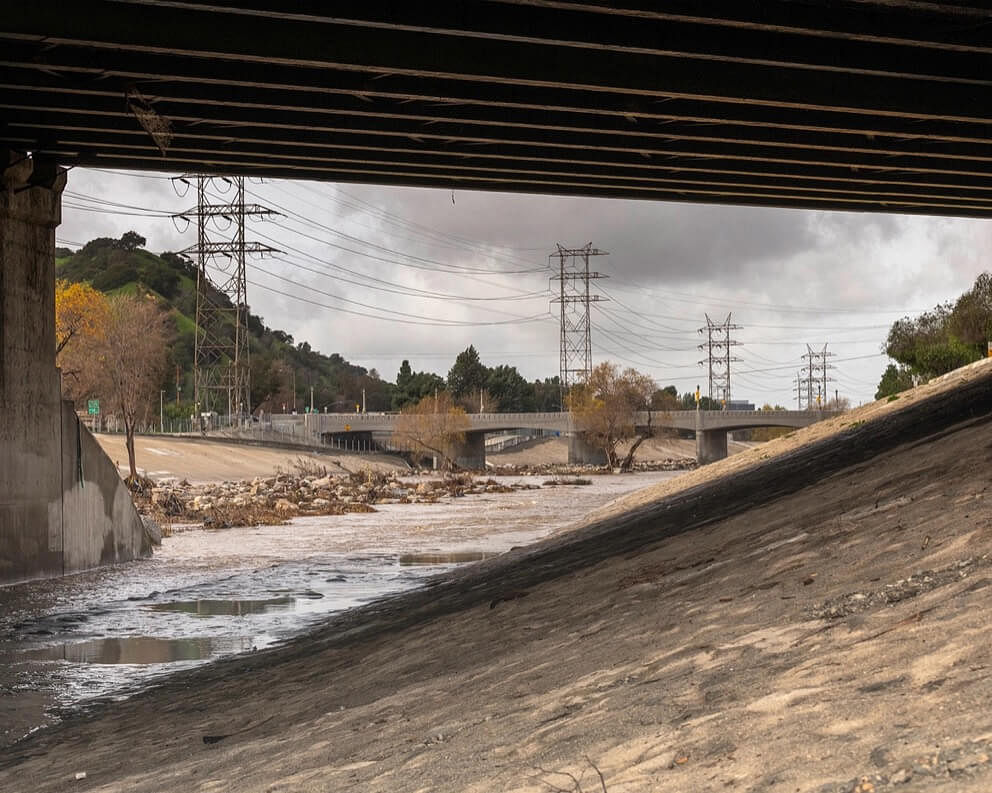Apr 19th, 2024
Why You Could Be Liable for Someone Else’s Pollution

By: Megan Meadows & Jennifer Novak
During the early twentieth century, it was the state governments that attempted to stop industrial polluters from adding to already significant pollution problems impacting water sources in the United States. Despite their efforts, their regulatory capacities were often deficient, resulting in leniency towards polluting entities. State officials also blamed their lack of enforcement on on the claim that strict enforcement would be impossible, the standards were too high and there were too many polluters. Federal intervention arrived in 1948 with legislation aimed at pollution control, culminating in the Clean Water Act (CWA) of 1972. Having federal standards and programs means that all states must meet certain minimum requirements and it provides some uniformity in regulation.
One of the CWA’s programs is considered its most important: the National Pollution Discharge Elimination System (“NPDES”), a permitting system for the discharge of pollutants. While the CWA bestows permitting and enforcement authority on the United States Environmental Protection Agency as its “Administrator,” most states have enacted their own laws to issue and enforce NPDES permits. Given this one-two of federal and state authority, both types of government bodies have authority to enforce NPDES provisions. However, the “citizen suit,” found in the CWA’s Section 505, is a legal mechanism that allows private individuals or organizations to bring a lawsuit against a person, company, or government agency violating the CWA.
Citizen suit provisions draw inspiration from historical legal frameworks empowering citizens to collaborate with authorities in upholding public welfare statutes. The citizen suit can trace its origin to the qui tam action, from fourteenth-century English common law. Early state legislatures and the first Congresses passed countless laws authorizing qui tam prosecution provisions designed to incentivize private citizens to aid the government in ensuring that laws protecting the public welfare were obeyed.
The rationale behind citizen suits is several-fold. Government agencies that would otherwise be the sole means of enforcing the CWA are limited in both their time and resources. The number of violations far exceeds the ability of the government to enforce them all, and citizen suits provide an additional way for important environmental laws to be enforced. It empowers ordinary citizens to confront polluters or hold regulatory bodies accountable for lapses in enforcement, thereby broadening civic engagement in safeguarding water quality.
Nonetheless, stringent prerequisites govern the initiation of citizen suits. Certain criteria must be met, some of which are objective and some more subjective and open to interpretation by courts. Before a lawsuit can be filed, for example, the citizen must serve the alleged violator with a “60-Day Notice Letter” of intent to file a lawsuit. The letter goes to relevant federal and state agencies as well, giving them an opportunity to step into the proceedings, potentially eliminating the need for court intervention. Within the 60-day period, the alleged violator can identify, and rectify, any actual violations, thereby eliminating the citizen’s ability to proceed to litigation. For this reason, the letter must be sufficiently specific in detail so that the alleged violator can address the concerns.
Before they can file a lawsuit, citizens must also demonstrate legal “standing,” signifying a direct and legitimate interest in bringing the lawsuit, as mandated by constitutional law. The requirements for legal standing vary depending on what type of organization, group, or individual files the complaint. For example, if the lawsuit is being filed by an organization, the standard is “associational standing,” which describes the ability of an organization to bring a lawsuit on behalf of its members. There is an extensive body of caselaw interpreting the elements of associational standing—and standing is crucial because if it is not met, the case is dismissed.
Individual citizen plaintiffs also face standing requirements. They must establish that their grievance stems from tangible harm caused by the alleged violators actions or inactions. For example, if the lawsuit alleges a company is polluting “Crystal River,” the citizen must be able to show that the company’s actions directly affect their enjoyment, use, and/or concern for protecting the portion of Crystal River. And all citizen suits must show that the lawsuit will not result in relief to a hypothetical harm, but that the court can use its authority to issue injunctive relief to create a tangible and real change. In short, the concept of legal standing serves as a pivotal threshold, ensuring the integrity and efficacy of citizen-initiated legal proceedings.
Ultimately, citizen suits are a mechanism to foster environmental stewardship among concerned citizens and fill a gap in the government’s ability and willingness to dedicate resources to enforcement. At the same time, this means that the biggest threat to permit holders does not necessarily come from government regulators but from outside individuals and groups. And in this current political environment, questions swirl about whether there will ultimately be one or more cases considered by the U.S. Supreme Court that either will cement or degrade the use of citizen suits for enforcement.
Stay tuned.